Poseidon was one of the major deities in ancient Greece. He was the God of the sea, of earthquakes and of horses. He was swallowed by his father Cronus at birth and it was his brother Zeus who ultimately forced Cronus to disgorge him. Poseidon was infamous for his violent temper and he also often enforced himself on nymphs, goddesses as well as mortals. As a consequence he father numerous gods, demigods and other creatures. The trident is the most prominent symbol associated with Poseidon and it may still be seen on the flag of Barbados, among other things. Homer’s famous epics Iliad and Odyssey both feature Poseidon in an important role and he also features in numerous other works of literature, art and films. Here are 10 interesting facts on the Ancient Greek God Poseidon.
#1 POSEIDON WAS ONE OF THE LEADING DEITIES IN ANCIENT GREECE
Poseidon was one of the primary deities in all the major historic cities of Greece. In Athens, his importance was second only to Athena. While in Corinth and many cities of the region of Magna Graecia (Great Greece), he was the most important god. In his benign form, he was regarded by the ancient Greeks to be the creator of new islands and the ruler of the calm seas. However, when he was offended or ignored, he was believed to have struck the ground with this trident and be the cause of earthquakes, floods, ship wrecks and drownings. He was often referred to in the prayers of sailors, who even sacrificed horses for the purpose. Even Alexander the Great, paused at the Syrian seashore before the famous Battle of Issus, to pray to Poseidon and offered the sea god a four-horse chariot by casting it into the waves.
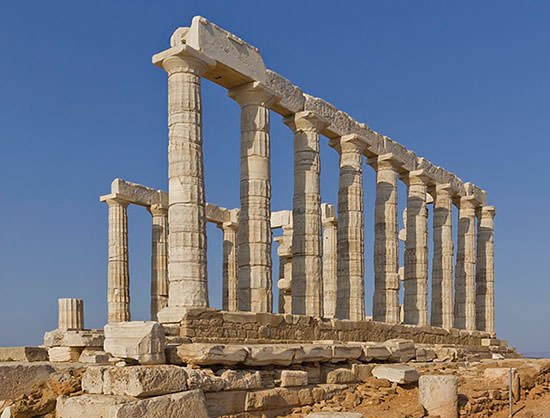
#2 HE WAS SWALLOWED BY HIS FATHER AT BIRTH
Poseidon was the second son of Cronus and Rhea. Cronus overthrew his father Uranus and ruled over the world along with his wife Rhea. However he was told that one of his children would go on to overthrow him like he had overthrown his father. Due to this he swallowed his children at birth including Poseidon. Rhea was able to save her sixth child Zeus and when he came of age, he made his father disgorge his siblings: his sisters Hestia, Demeter and Hera; and his brothers Hades and Poseidon. Poseidon then joined his other siblings to fight against the Cronus and the other Titans in the Battle of the Gods known as Titanomachy. After winning this battle, Poseidon and his brothers shared the world by drawing lots. Poseidon was named the lord of the seas, Hades received the underworld while Zeus received the heavens and became the king of the Greek Gods.
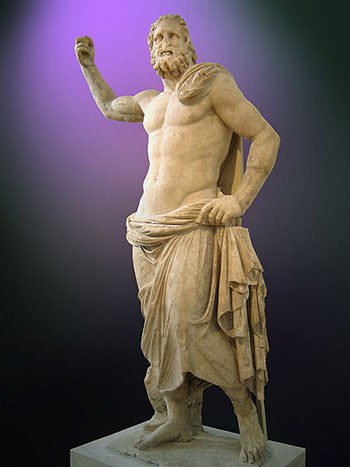
#3 HE WAS INFAMOUS FOR HIS VIOLENT TEMPER
Although Poseidon is often depicted to be a mature, bearded and wise man, he was infamous for his irritable nature and terrible temper, much like his brothers Zeus and Hades. He was known to create strong storms during bouts of extreme loneliness and anger. He often found himself to be the subject of many disputes, quarrels and fights, such as the one with Athena for the sovereignty of Athens. However, there are also some accounts which depict that Poseidon matured over the centuries to the point where he did not let his emotions control him. In a rather contradicting attribute, he loved and cared for his children, giving them advice or aiding them in their quests.
#4 HE WAS REGARDED AS A GOD OF HORSES
The ancient Greeks closely associated Poseidon with horses. He was believed to have created the first known horse and gifted it to the humans. He is also said to have introduced humans to riding and chariot racing. Poseidon was often regarded as the tamer of horses but some myths also portrayed him as their father. In these myths, he mated with a creature who then gave birth to the first horse. Poseidon is often portrayed riding above the sea waves in a chariot that is drawn by horses with golden hooves. Poseidon also fathered many horses, the most famous of which was the winged horse Pegasus, which was born as a result of his sexual escapade with Medusa. Due to his close association with horses, Poseidon was known by the epithet Poseidon Hippios.
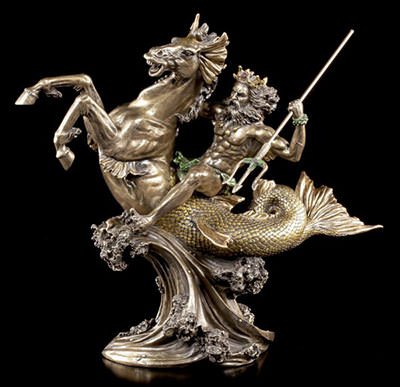
#5 THE TRIDENT IS A MAJOR SYMBOL ASSOCIATED WITH POSEIDON
The main weapon of Poseidon is the trident. It was crafted for him by the three Elder Cyclopes during the Titanomachy. In Greek myths, Poseidon uses his trident to strike the ground to produce a well of seawater. In one of the myths, he uses it to kill the Giant Polybotes during the Gigantomachy, the war between the Giants and the gods. He also uses the trident to split rocks, to create springs etc. It is thought that Poseidon’s trident resembles a fish spear which was used by the coast-dwelling Greeks. To support this theory, it is pointed out that Poseidon was particularly worshiped in coastal countries, where fish formed a basic commodity of trade. The trident of Poseidon survives in the modern times on the flag of Barbados, the Seal of the Greek Navy and the Special Warfare insignia of the U.S. Navy SEALs. It is also the coat of arms of Liverpool City Council and the badge of American destroyer USS John S. McCain.
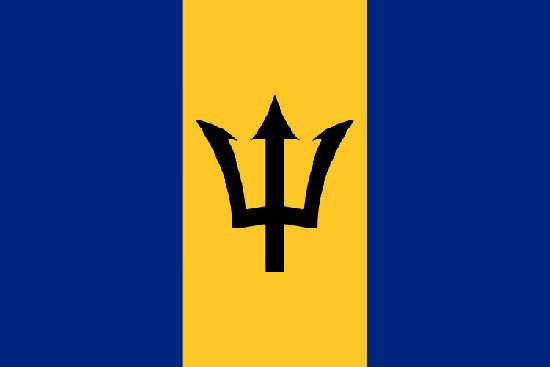
#6 POSEIDON OFTEN ENFORCED HIMSELF ON WOMEN
Poseidon had numerous sexual escapades. He would often find his love rejected and would then go on to assert his dominance on women with violence and craftiness. As a result, some sources count at least 30 relationships that Poseidon had with nymphs, goddesses and mortals. The most prominent sexual relationships of Poseidon include Amphitrite, his wife who was the goddess of the sea; Gaia, the goddess of the earth; Tyro, a mortal woman; Alope, his own granddaughter through Cercyon; Amymone, daughter of the King of Lybia who was once rescued by Poseidon; Caeneus, the daughter of Atrax who was raped by Poseidon and later turned into a man upon her request; and Medusa, a priestess of Athena who was also raped by Poseidon. Apart from these women, Poseidon also had three male lovers: Nerites, Pelops and Patroclus.
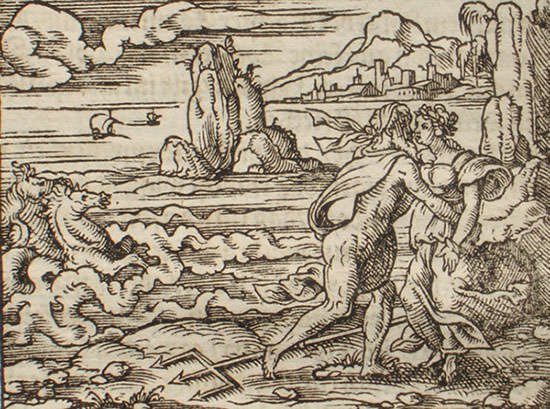
#7 HE FATHERED MANY GODS, DEMIGODS AND OTHER CREATURES
As a result of his numerous escapades with women, Poseidon went on to father many children. Many of these were with mortal women, most of whom remain unknown. The most prominent children of Poseidon include Triton, his son with Amphitrite who was messenger of the sea; Atlas, his son with the mortal woman Cleito who became the first king of Atlantis; Polyphemus, his giant son with the nymph Thoosa; Aiolos, his son with Arne who became the god of the winds; Lelex, his son with Libya and the first king of southern Greece; Pegasus, a mythical winged divine stallion who was his offspring with Medusa; Orion, his son with Euryale who became a giant huntsman; and Arion, a divinely-bred, extremely swift immortal horse who was his offspring with Demeter.
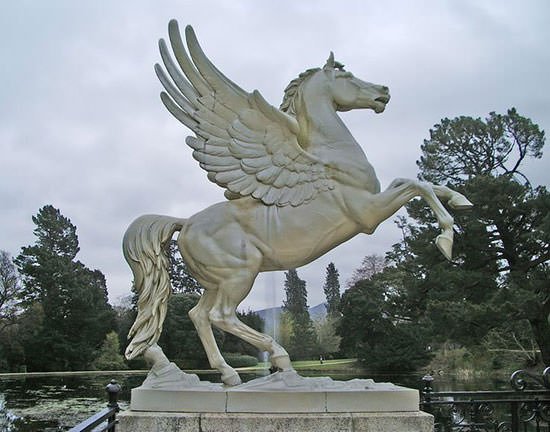
#8 HE FEATURES IN THE FAMOUS EPIC ILIAD
Poseidon features in the great epic of Homer titled Iliad. As punishment of rebelling against him, Zeus sends Poseidon and his son Apollo to work as slaves to King Laomedon of Troy for one year. However, after the end of the year Laomedon refused to pay them for their work in building the impenetrable walls around Troy. Due to this, when the Trojan War takes place, Poseidon sides with the Greeks against the Trojans even though Zeus forbids him to interfere. When Zeus learns of this, he sends Apollo to help Troy. As gods keep taking sides in the war, Zeus eventually allows them to participate. Poseidon helps the Greeks in various ways. Like, when the Greek soldiers were lacking in morale, Poseidon encourages the troops indirectly by disguising himself as an old seer named Calchas. He also saves the Greek hero Achilles from drowning in the River Xanthos.
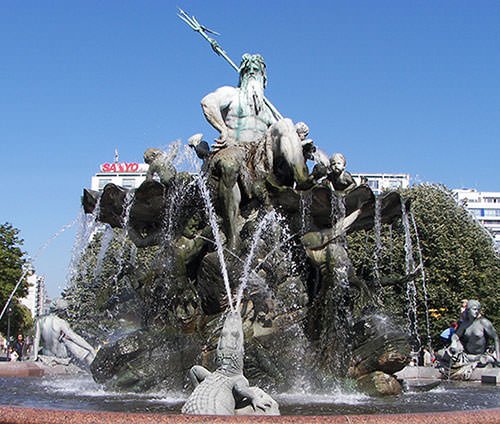
#9 POSEIDON IS THE MAIN DIVINE ANTAGONIST IN HOMER’S ODYSSEY
Poseidon also features in Homer’s other great epic, Odyssey. Odysseus, the main character in Odyssey, fights at Troy but has difficulty in returning home to his wife and son. On his journey home, Odysseus encounters the Cyclops Polyphemus, a son of Poseidon. In order to escape him, Odysseus blinds Polyphemus and this makes Poseidon furious. Thus Poseidon, disrupts the journey of Odysseus to his home with storms leading to the complete loss of his ship and companions, and a ten-year delay. Poseidon is thus the primary divine antagonist in Homer’s Odyssey. Despite the numerous obstacles in his way, Odysseus is ultimately able to reach his home Ithaca. Ironically the seafaring Phaeacians who help him achieve this have Poseidon as their patron deity.
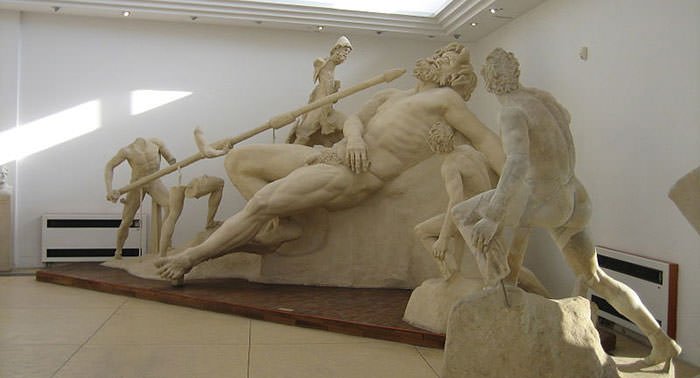
#10 POSEIDON HAS BEEN DEPICTED NUMEROUS TIMES IN LITERATURE, ART AND MOVIES
Apart from the Iliad and Odyssey, Poseidon features in many other works including the Olympian Odes by ancient Greek lyric poet Pindar; Orestes, an ancient Greek play by Euripides; and Metamorphoses, the magnum opus of the Roman poet Ovid. In art statues of Poseidon may be seen in several places including Gothenburg, Sweden; Copenhagen, Denmark; Bristol, England; and Presov, Slovakia. In modern popular culture, Poseidon is depicted to be the father of the protagonist Percy Jackson in the popular pentalogy of fantasy adventure novels, Percy Jackson & the Olympians by American author Rick Riordan. Poseidon is also shown to be the father of a villainous sea witch named Ursula, who appears in Walt Disney Pictures’ feature film The Little Mermaid (1989).

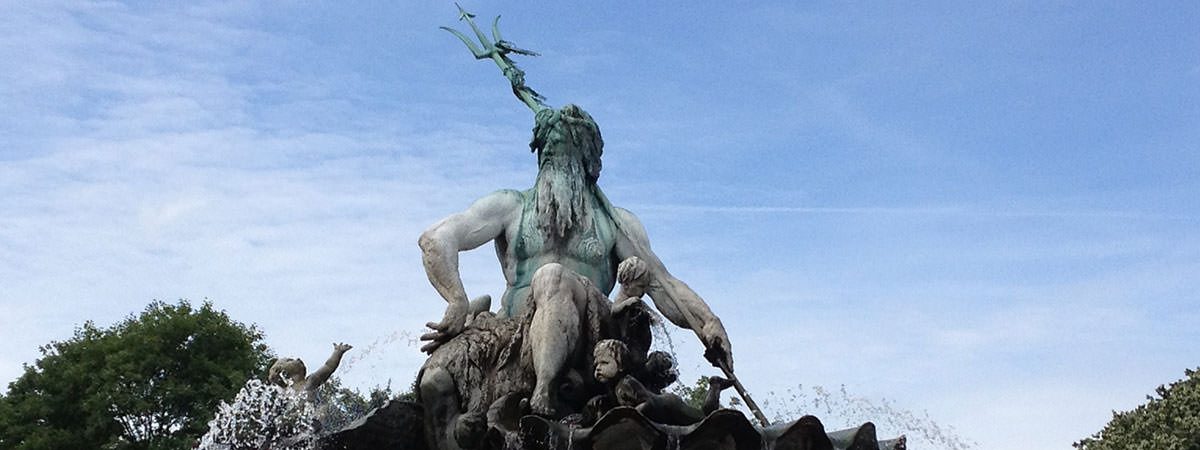
This will help with my essay
Happy to help.